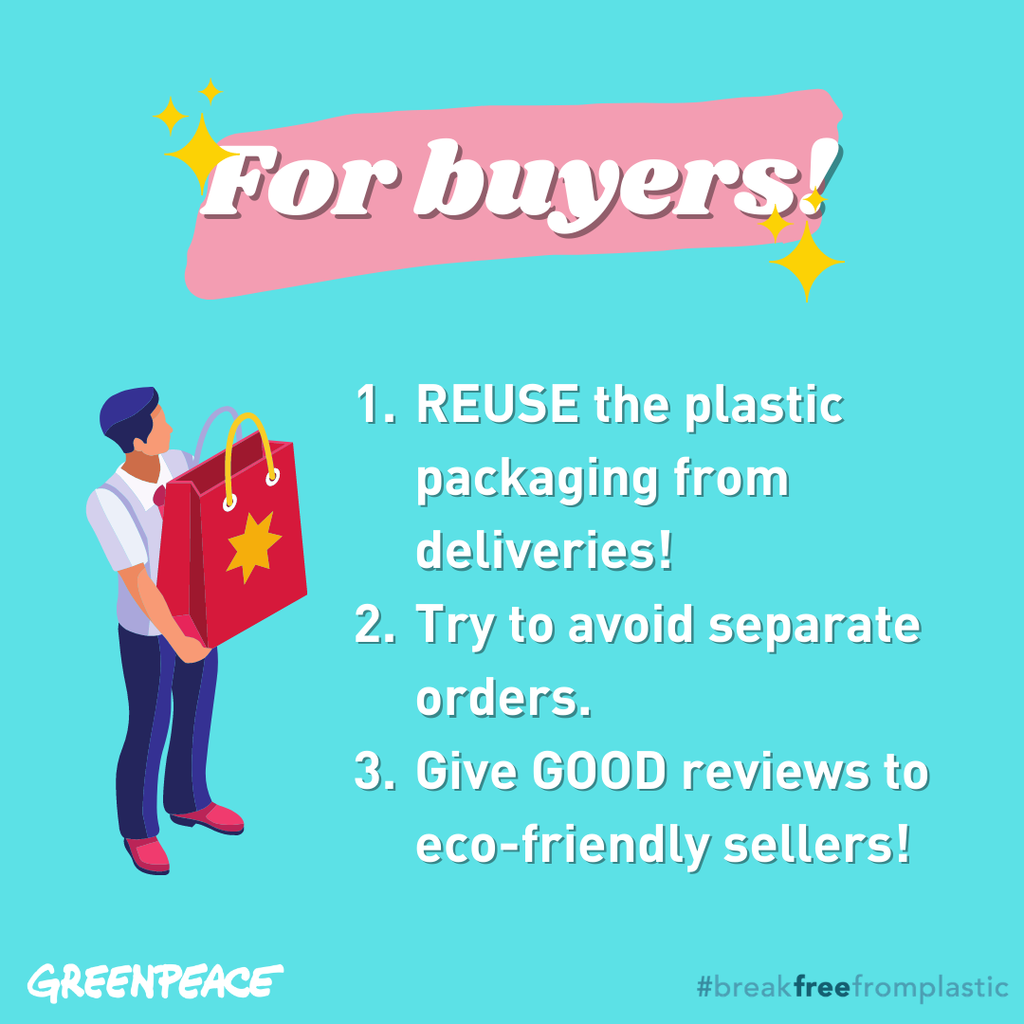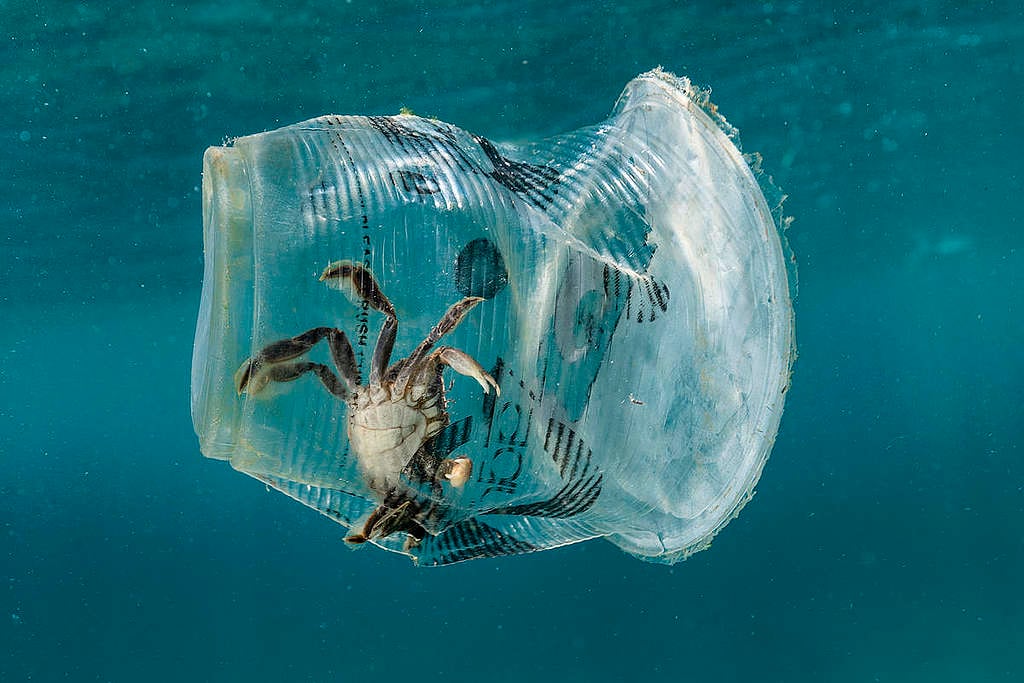As we stay locked in our own homes weathering this pandemic away, e-commerce platforms like Shopee and Lazada have become our own little therapy from this insanity. Our excited anticipation of our orders have become a familiar feeling as the days drag on with no end in sight. In a way, our shopping makes us look forward to something other than the end of this pandemic.
A silent pandemic is occurring beneath our noses as we click “add to cart:” the deluge of plastic packaging waste that gets thrown away once we receive our parcels. It takes an average of 12 minutes for the packaging to transfer from our hands to the trash can. Most of this plastic end up in landfills and are not recycled, and when they do, they end up either as lower-value plastics or as feedstock for cement, the process of which results in a lot of toxins being released into the air due to incineration. Estimates show that plastic packaging waste is projected to increase by as much as 300% because of lockdown measures and the increase of our consumption of single-use plastics. If we think about it, our simple shopping results in so much environmental footprint that it make us ask: how do we become more environmentally-conscious with our shopping?
We would think it’s as simple as patronizing eco-friendly products, or even having commitments to reducing our orders, which I admit, is a tall order sometimes. Environmentally-conscious e-shopping is actually simpler than that! Being more environmentally-conscious begins with small changes in our behavior. Here are some reminders for consumers and vendors:
For customers

- Reuse the plastic packaging we get from deliveries. We have actually been doing this for a long time, we need only to look at our cupboards and see the mounds of used plastic packaging that our parents reuse multiple times. The same goes for things like bubble wrap and fillers.
- Try to avoid separate orders. Since each order is treated as a separate transaction, try as much as possible to consolidate all orders under one cart. This will lessen the carbon footprint when they ship from their warehouse to your doorstep.
- Give good reviews for sellers who have eco-friendly practices, especially in reducing plastic packaging!
For sellers

- Most items don’t need layers of packaging. Wrap only what’s fragile. Even better, avoid plastic packaging completely–there are a lot of eco-friendly packaging alternatives available. And we can be creative with our packaging. It looks prettier and more well thought out! You can also join zero waste communities such as Zero Waste PH or Buhay Zero-Waste on Facebook and ask practitioners for more ideas on reducing your plastic footprint as well as getting creative with your packaging.
- Reuse old packaging from previous orders, and try to cut down buying new packaging plastic. You’ll save in the long run! As long as we wash these plastics for reuse, we’re also safe from the virus!
- We can do our part in promoting more eco-friendly consumption by explicitly putting in our descriptions that we use reduced plastic packaging, or we can offer reduced packaging options.
- Concurrently, we can also rate consumers well if they explicitly ask for reduced packaging.
Last, but not the least, both consumers and sellers can encourage the platforms themselves, Lazada and Shopee, to help in curbing the plastic waste pandemic and being responsible for their packaging. You can also begin by supporting this call for doing away with single-use plastics by supporting this petition.
As the pandemic drags on, let us not let our consumption and retail therapy drag the Earth down. We can help each other reduce plastics everywhere when we realize each of us have a responsibility to fulfill.
Jefferson Chua is a Campaigner for Greenpeace Philippines.

Our coastlines are among the most impacted by plastic pollution in the world. Be part of the solutions!
TAKE ACTION



Discussion
Hello, may I know where are your sources for the statistic that you mentioned?
Hi! May I have your source of the figures provided? Thank you!